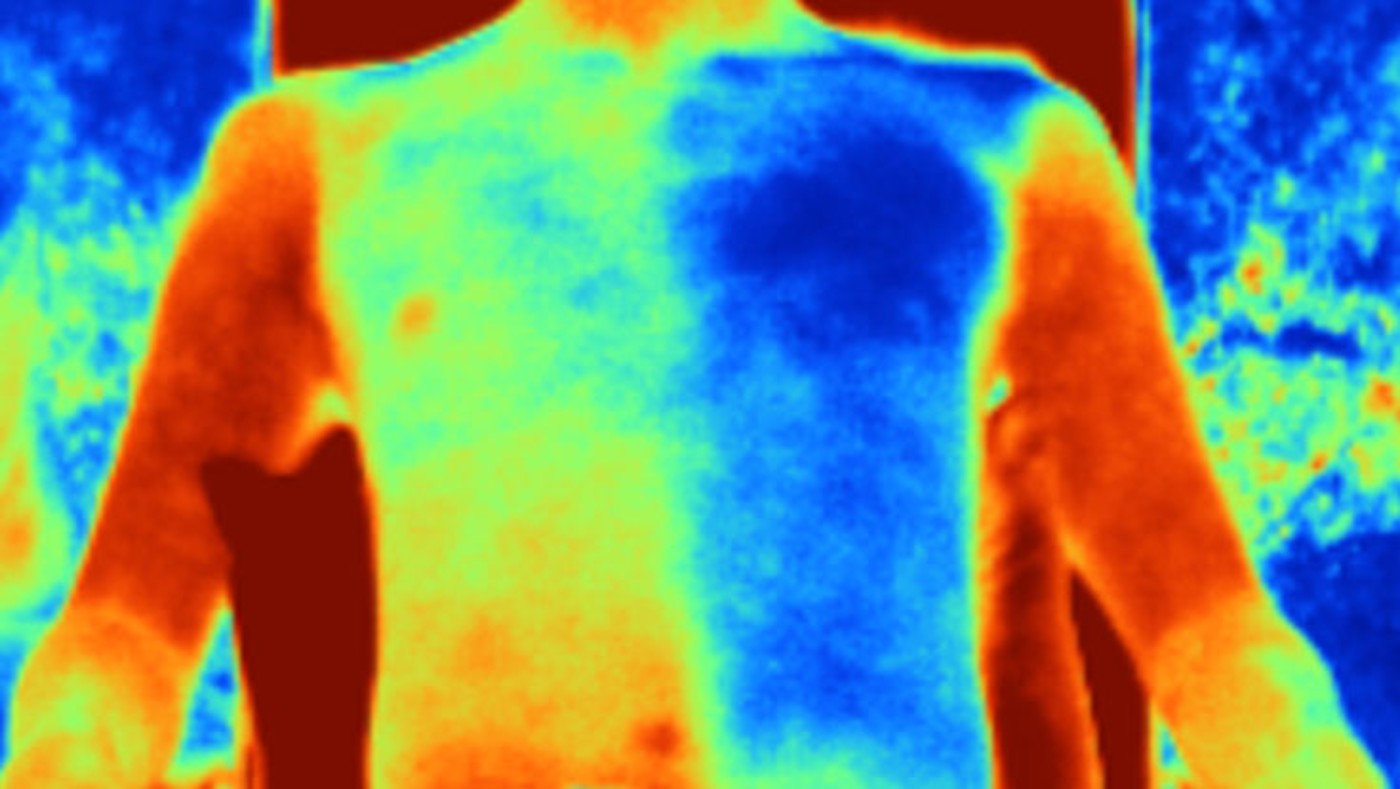It’s pretty easy to make clothing designed to keep you warm, either with natural inspirations or synthetic designs, but making something designed to keep you cool is much harder.
While objects like cars and buildings can be coated in ultra-white paint or mirrors that reflect the sun’s rays, a pair of Chinese scientists have figured out how to make a normal t-shirt keep your skin temperature 5°C cooler.
The scientists say it can be mass produced at only a fractional increase in cost, promising a generation of outdoor workers or beachgoers a way to ease the effects of unmitigated climate change.
Within the rays of the sun, near-infrared electromagnetic radiation (NIR) is one component that heats up whatever the sun sets its gaze on. They also cool when they are emitted, but if water vapor is in the air, the NIR are absorbed within and keep the surrounding air temperature hot.
MORE: Company Mimics Spiders to Create Lustrous Faux Silk That is 1,000x More Energy Efficient
Human skin naturally emits a different electromagnetic radiation, called mid-infrared, which instead of being trapped in water particles, goes directly out of our atmosphere.
Ma Yaoguang of Zhejiang University and Tao Guangming of Huazhong University of Science and Technology created a synthetic fiber blend that contains particles of titanium dioxide to reflect the NIR, and that also contains polylactic acid which absorbs body heat and ejects it through the shirt as MIR to cool the wearer.
When a trialist donned a vest, half of which was white cotton and the other half the cooling fabric, thermal imaging showed the part of his body underneath the artificial fabric remained 5°C (9°F) cooler after he sat in a lawn chair under the sun for an hour.

There’s some doubt, reports Science, of whether the motion of fabric will diminish the effect, as MIR-emitting material of any kind has only ever been tested when it remains flat and motionless towards the sun. A billowing t-shirt curved to the shoulders and arms of a human being may result in different outcomes over a vertical midday sun.
RELATED: Resurrecting an Ancient Fabric More Precious Than Silk That Hasn’t Been Spun for Centuries
But the scientists also noted that material and production costs are only about a tenth higher than cotton, so anything that gets us closer to protective clothing for hot periods is hopeful indeed.
HELP Pals Cool Down in the Heat; Share This Promising Story…




















